LINGA - YONI GỖ NHƠN THÀNH (Niên đại: Thế kỷ V) NHON THANH WOODEN LINGA - YONI (DATE: 5th CENTURY)
Đây là hiện vật đầu tiên và duy nhất được tìm thấy trong Văn hóa Óc Eo ở Nam Bộ nói riêng, khu vực Đông Nam Á nói chung. Hiện vật có giá trị đặt biệt, rất độc đáo với chất liệu bằng gỗ cùng kiểu dáng khác biệt so với nguyên mẫu - một đại diện cho tính ngẫu hứng, biến tấu, bản địa hóa sâu sắc trên nền tảng giao lưu văn hóa ngoại nhập của một cộng đồng cư trú, sinh tụ trên vùng đồng trũng nằm sâu trong nội địa thuộc văn hóa Óc Eo, mà di tích Địa điểm khảo cổ học Nhơn Thành là một đại diện.
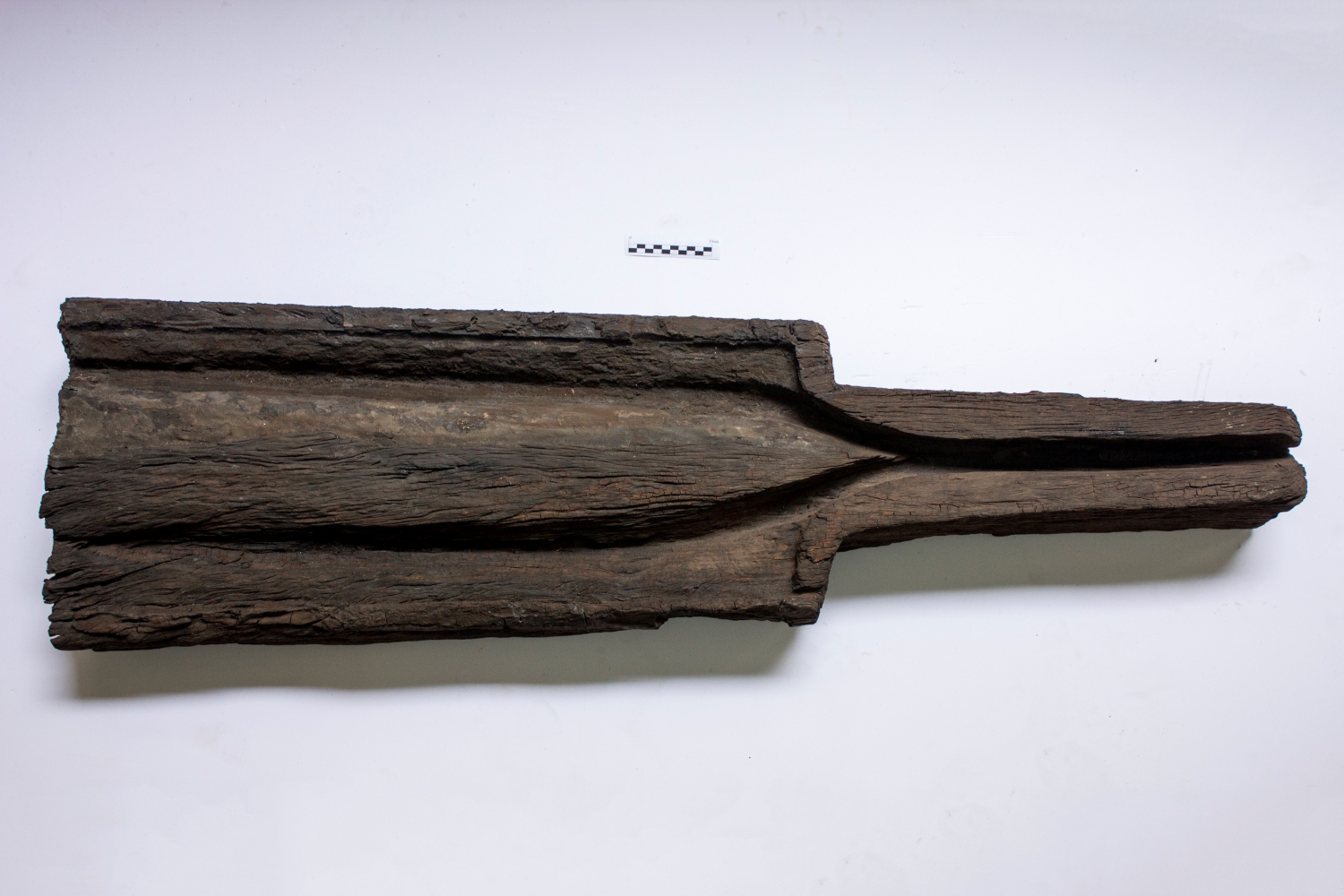
Linga-Yoni dạng hình chữ nhật, khối nổi linga (biểu hiện tính nam của thần Shiva) ở trung tâm được tạo tác trong tư thế nằm trọn trong lòng yoni (biểu hiện tính nữ của thần Shiva) với dáng thuôn dài, một đầu nhọn hướng về phía đầu vòi cực kỳ sống động, thể hiện đặc tính sinh sôi nảy nở mãnh liệt trong tín ngưỡng phồn thực của người xưa.
Hiện vật được Thủ tướng Chính phủ quyết định công nhận là bảo vật quốc gia ngày 15 tháng 01 năm 2020.
It is the first and only artifact found in the Oc Eo Culture in the South of Vietnam in particular and Southeast Asia in general.
With wooden materials and different designs compared to the prototype, the artifact shows a very special and unique value. Besides the faucet with sacred water channel, which has the basic characteristic of a solid linga-yoni, there is a rectangular body, unidentical of all other types of linga-yoni (in a cubic shape). And unlike the popular linga-yoni types (symbolically shaped, with the cylindrical linga standing in the center of the square yoni), the artifact is distinctly different: the floating linga (representing the masculinity of the god Shiva) in the center is created in a lying position in the yoni's lap (representing the femininity of Shiva) with an elongated figure. The pointed end towards the tip of the nozzle is extremely vivid, showing the characteristic of flourished fertility in the traditional fertility beliefs of the ancients.
This is considered a representative of the improvisation, variation, and deep localization on the basis of foreign cultural exchange of a community residing and living in the low-lying delta areas located deep in the interior of the Oc Eo culture, of which Nhon Thanh archaeological site is a representative.

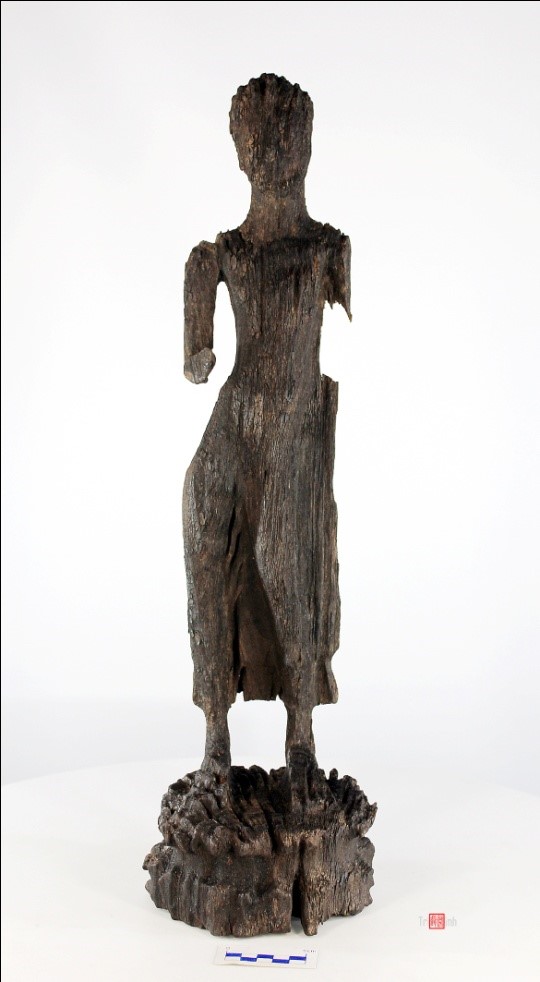

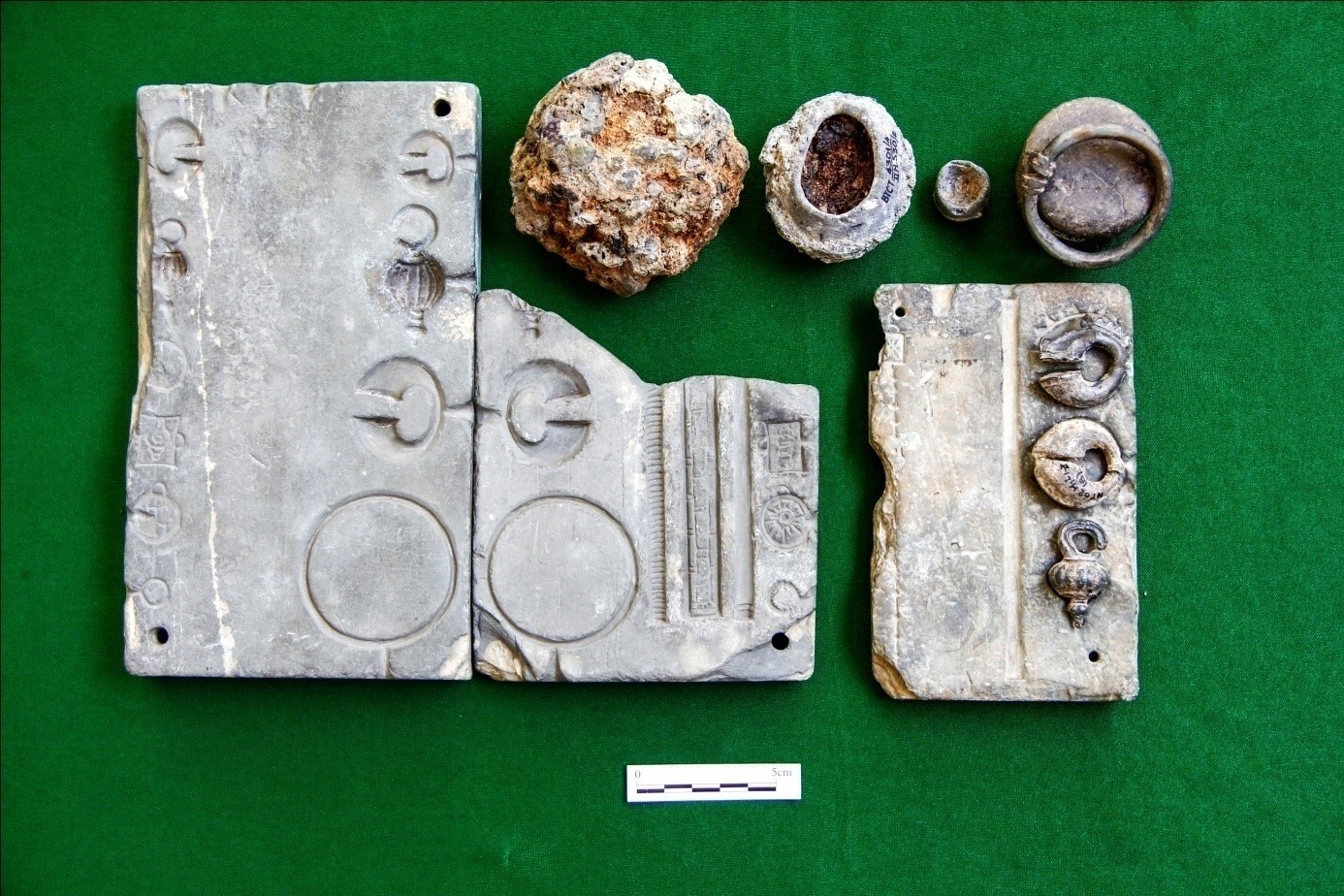
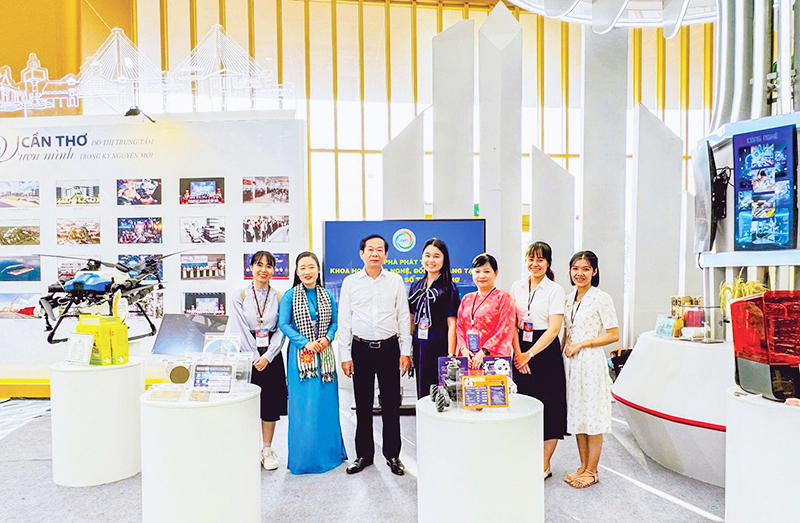
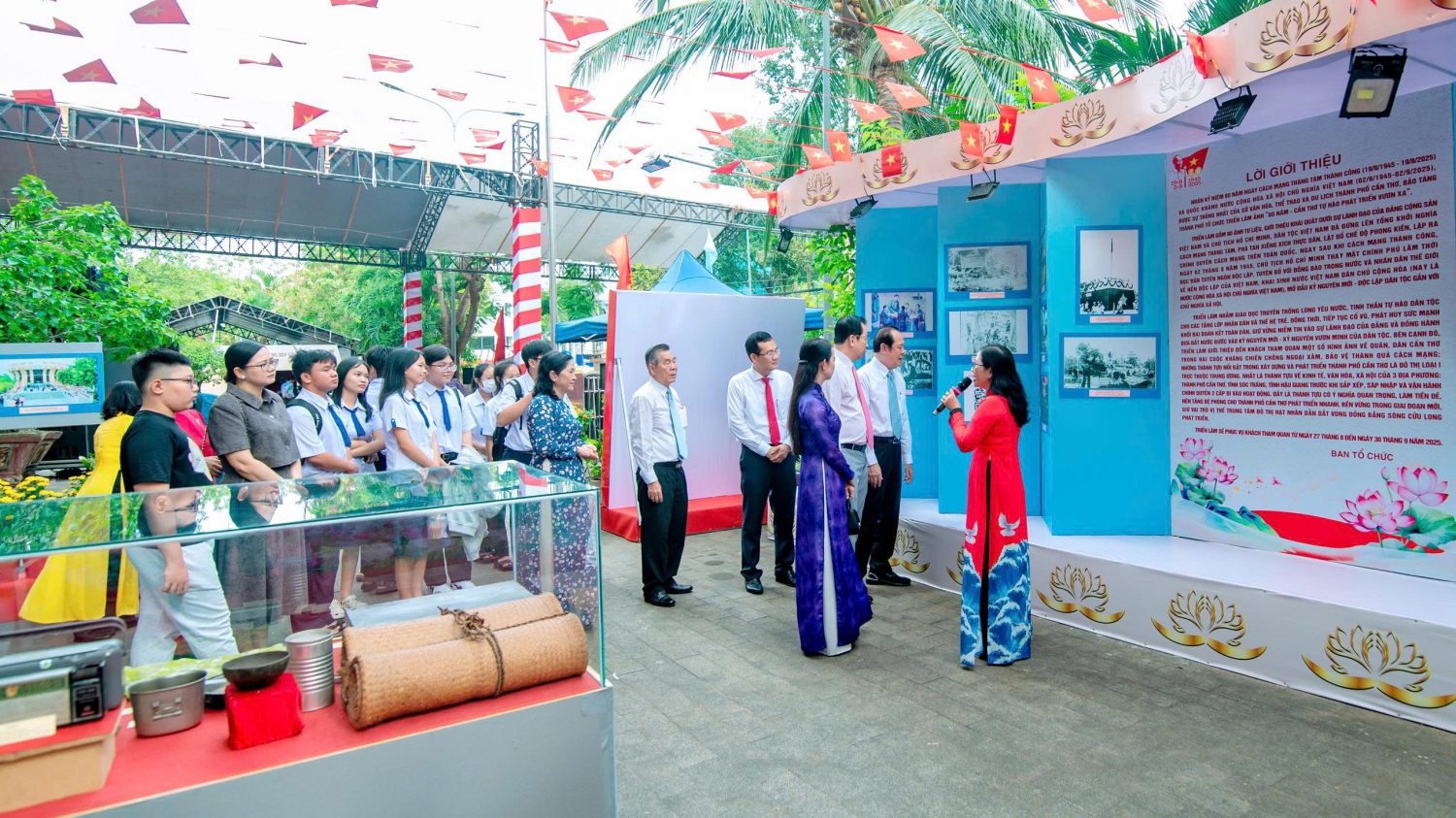

.jpg)

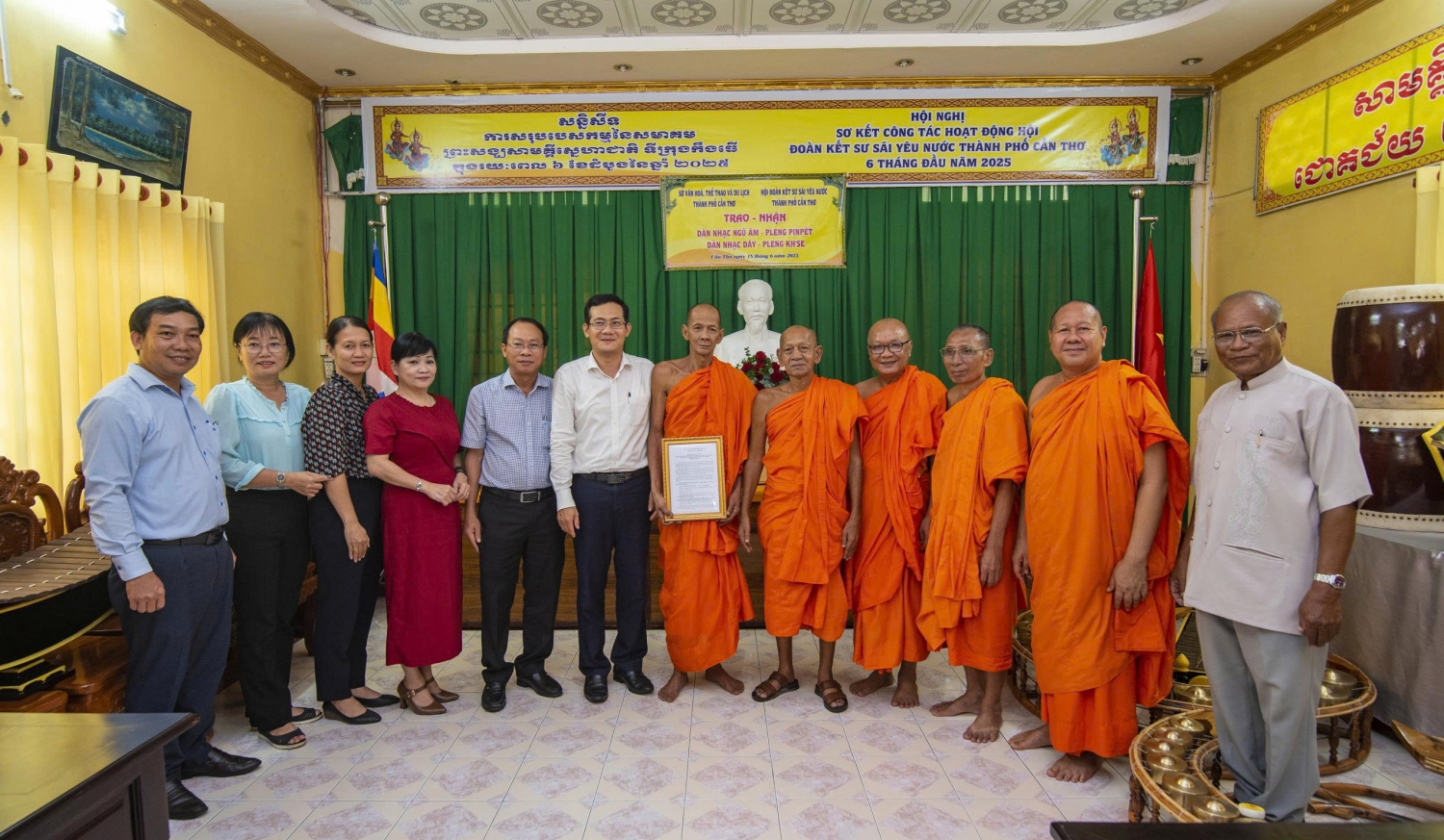
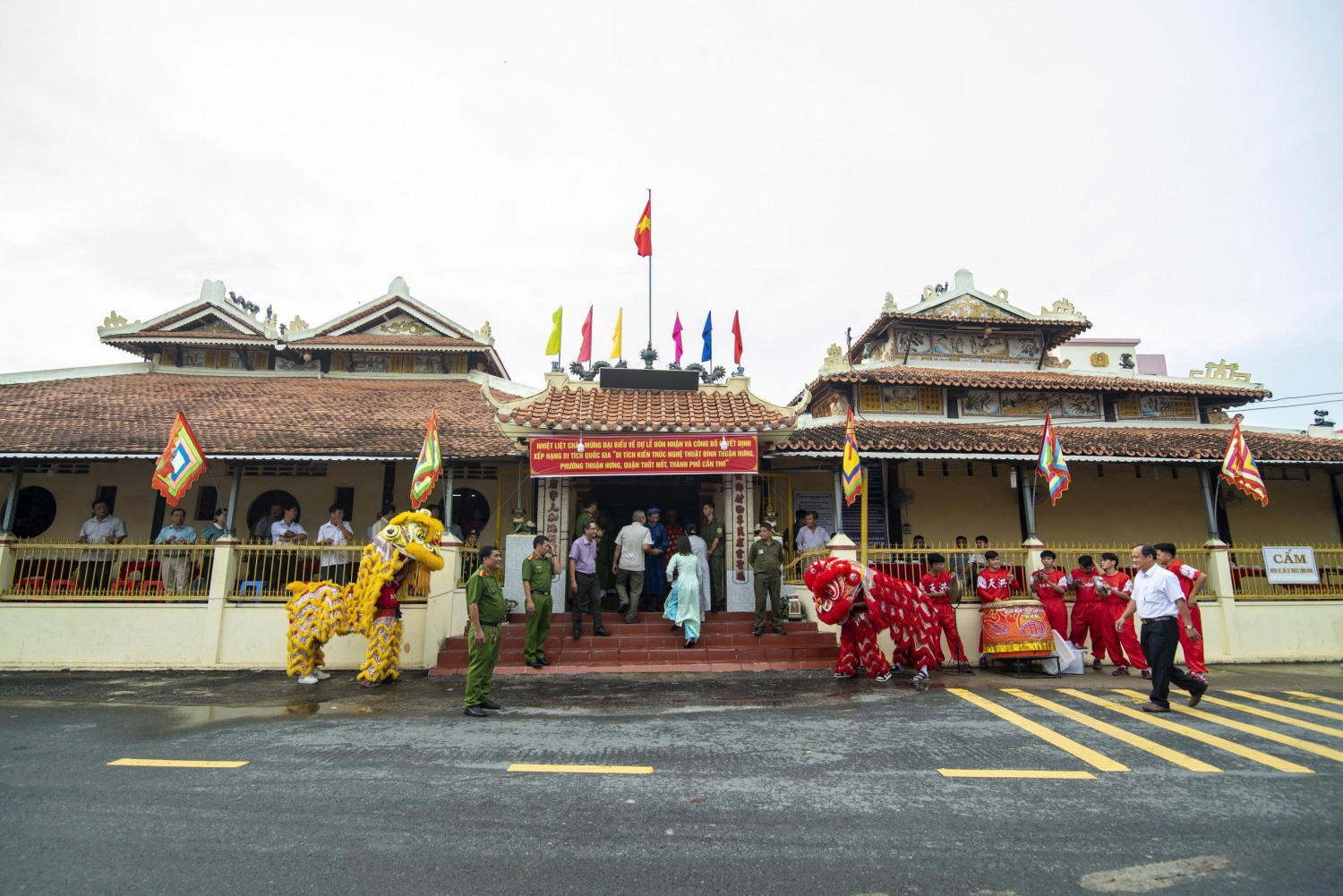
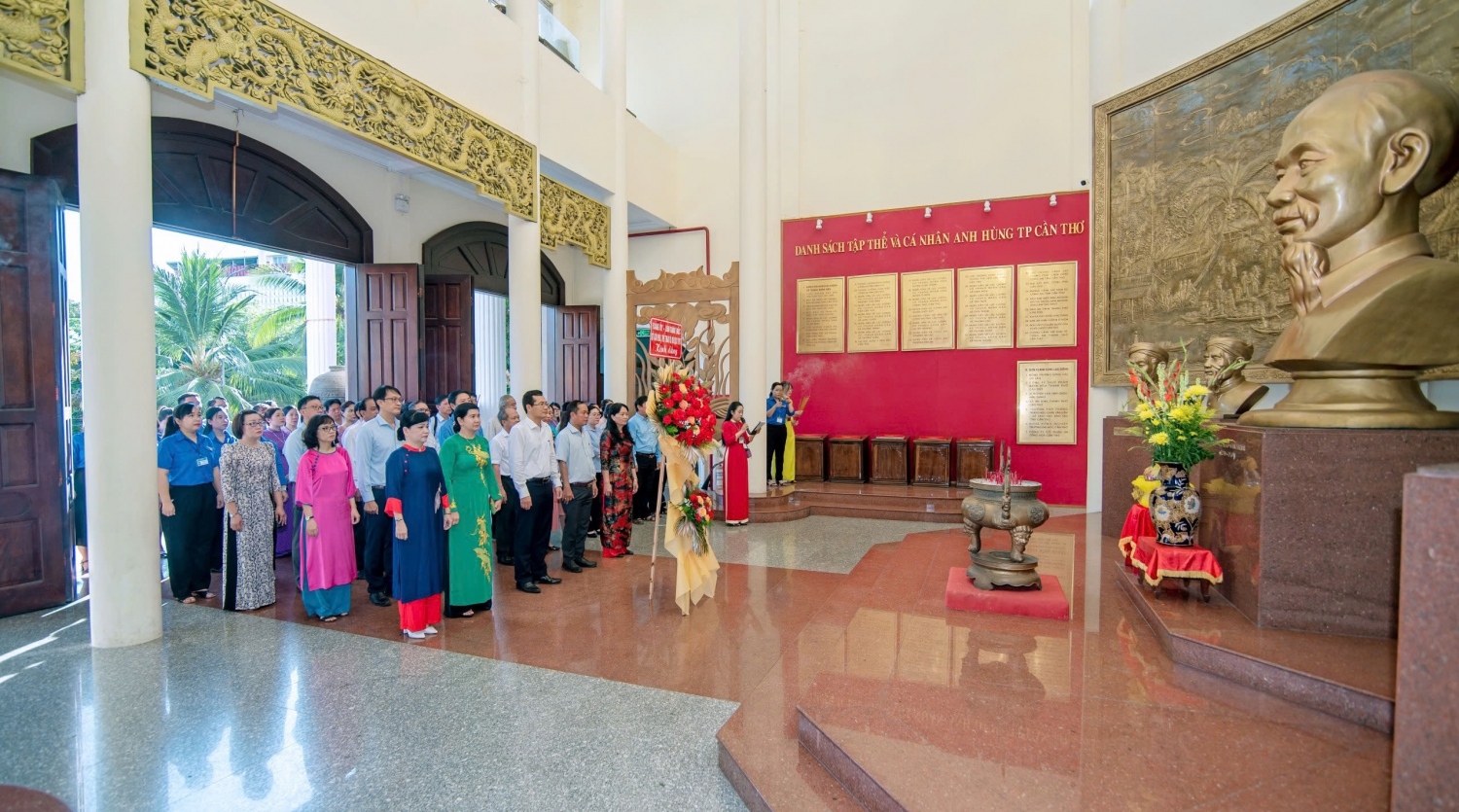
.jpg)
.jpg)